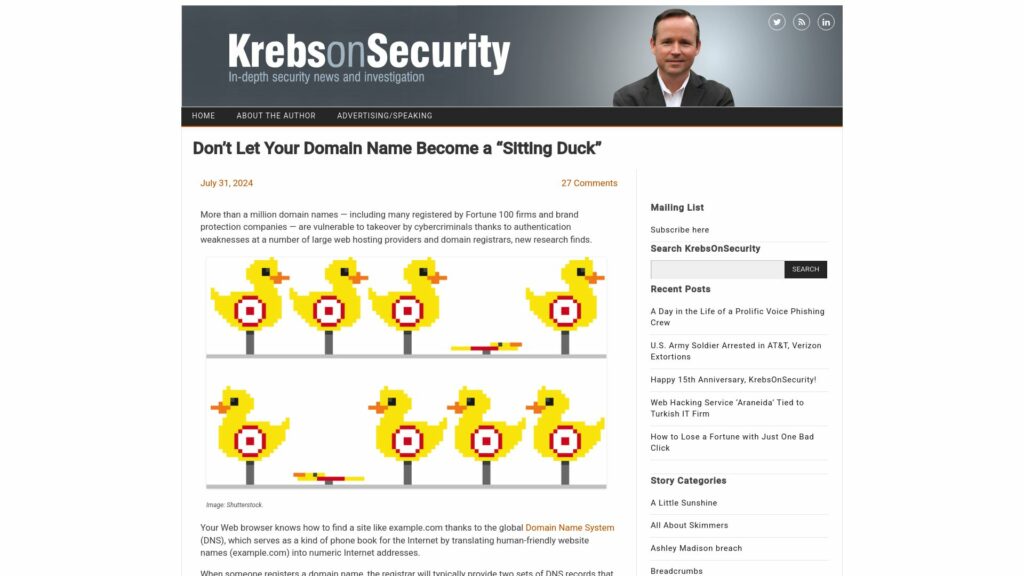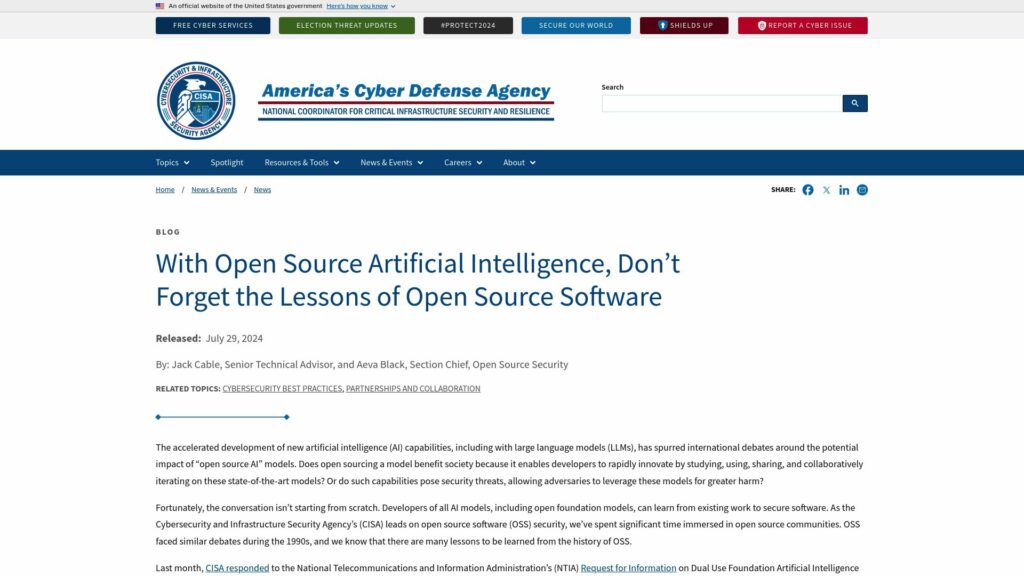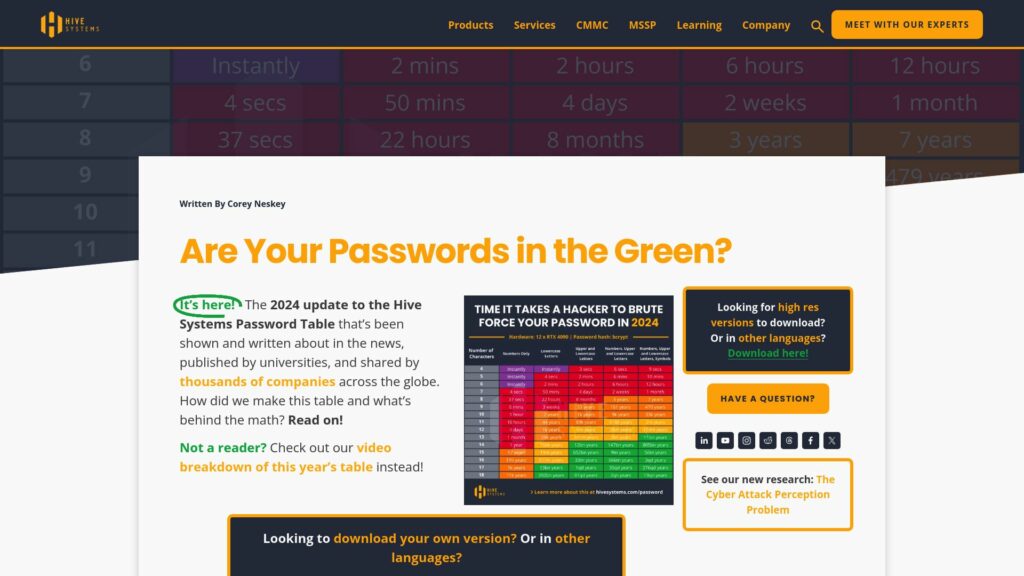What Listening to My Father Told Me About Cybersecurity
Listen to advice but discern its value. Separating useful advice from distractions is crucial in cybersecurity. Key criteria for assessing advice: impact (“So what?”), required action, practicality, strategic fit, potential drawbacks, and source credibility. A balanced approach helps professionals remain productive and avoid being overwhelmed by information.





